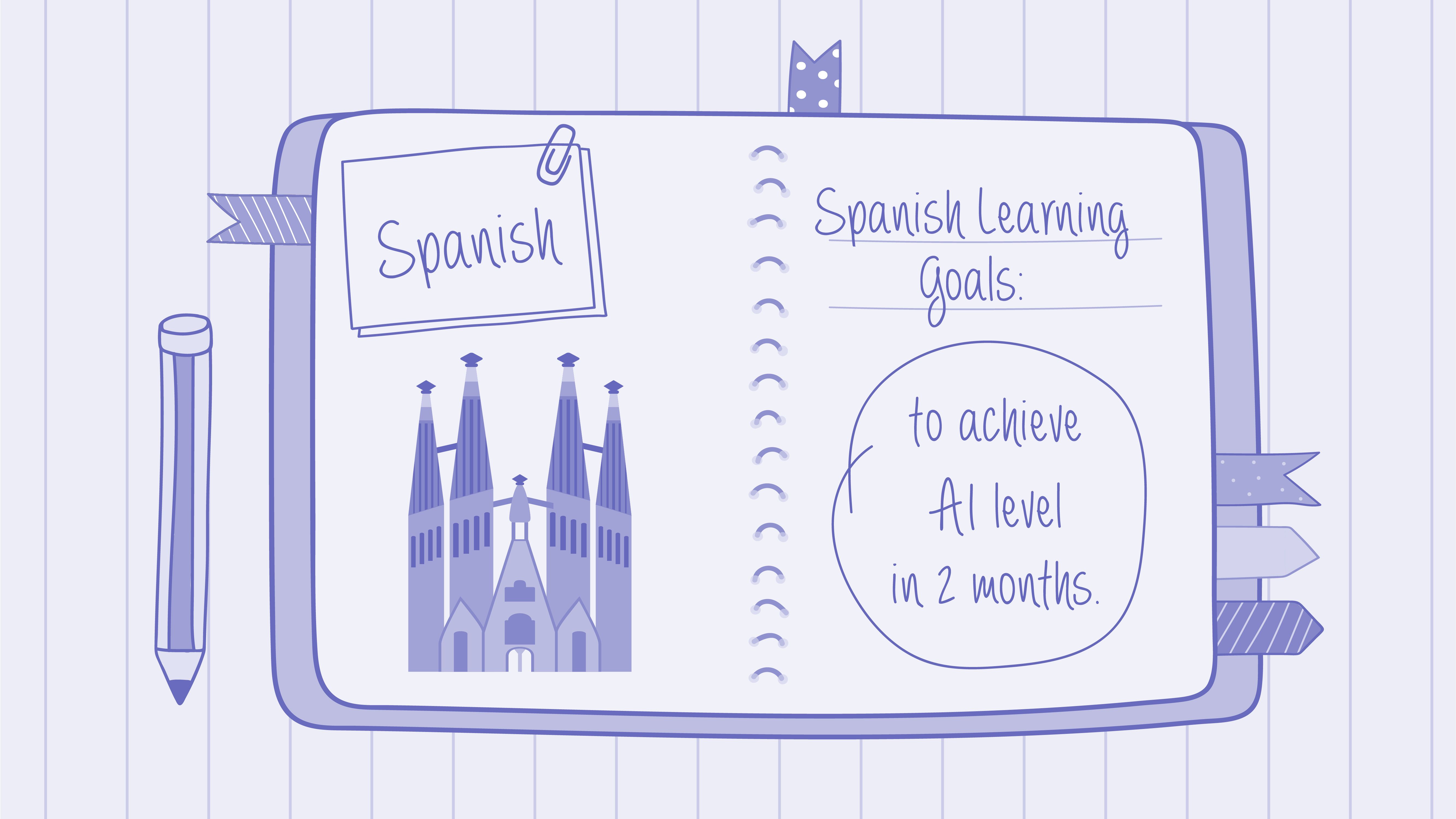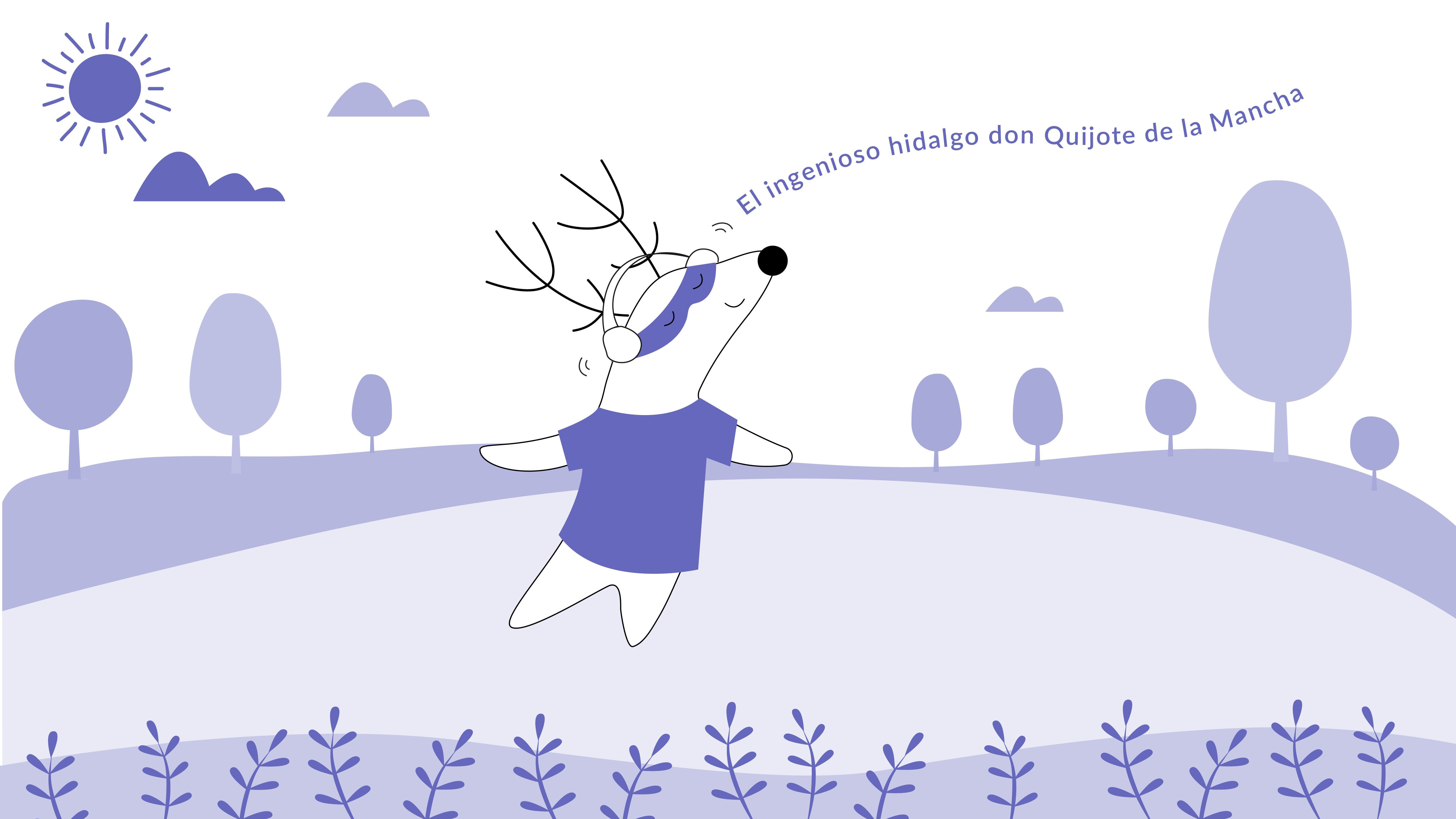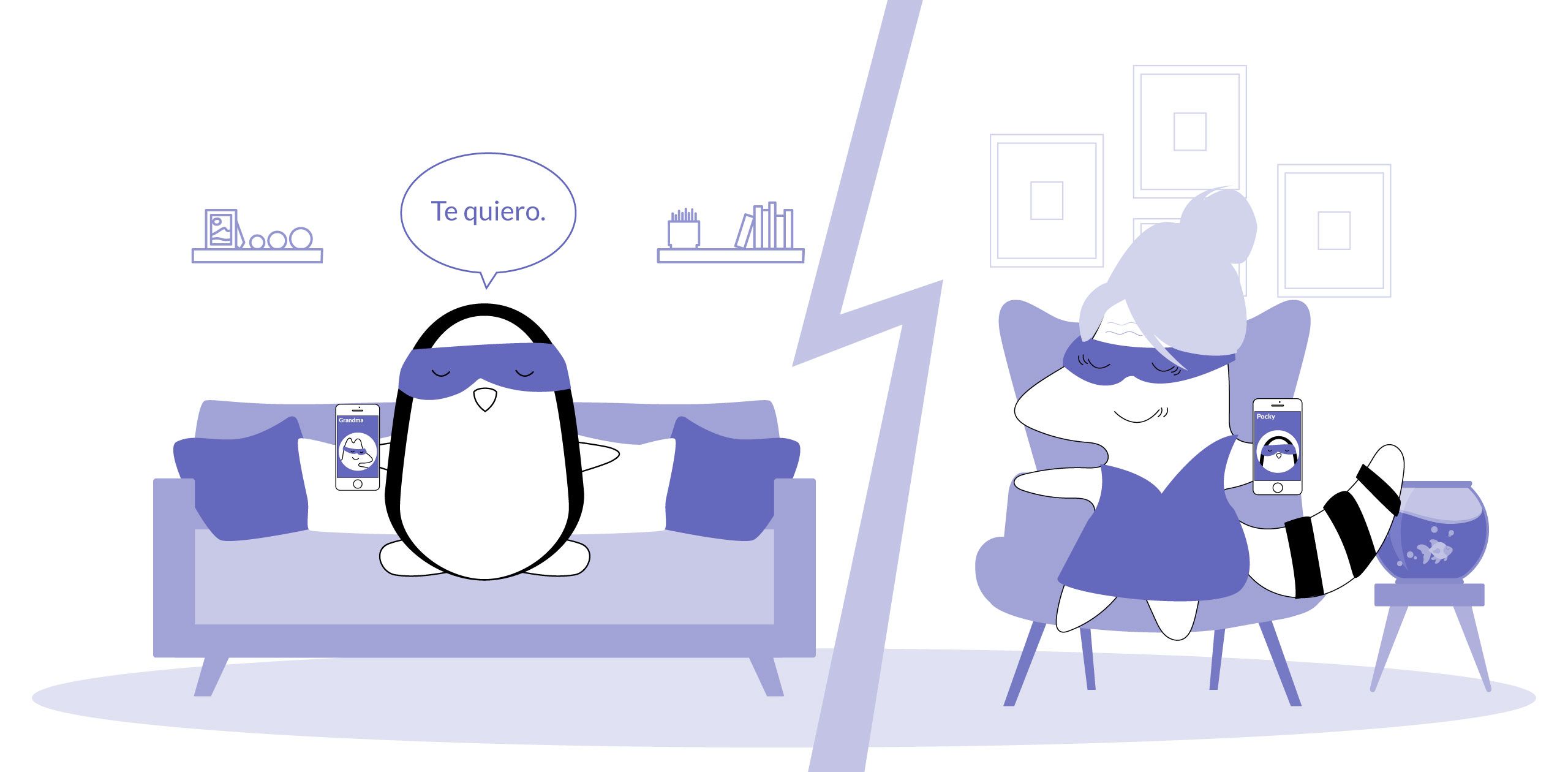
Learning a foreign language can be a very rewarding experience, and Spanish is one of the most popular languages to learn. It's not as hard as you might think – with a little bit of effort, you can start picking up basic phrases and vocabulary words in no time.
And, if you're looking for online resources and educational materials to diversify your language learning experience, there are plenty of websites and apps that can help you learn Spanish on your own. Just be willing to put in the time and effort, and you'll be speaking Spanish like a pro!
In this article, we will share some tips on how to learn Spanish on your own, including where to find resources and how to create an effective study schedule that will actually bring results.
Learn Spanish with Langster
Why Learn Spanish in the First Place?
Spanish is the third most widely spoken language in the world, with over 500 million native Spanish speakers in the world and over a hundred million people who speak it as a second language. It is the official language of 20 countries, including Spain, Mexico, and countries in Latin America.
Knowing Spanish can open up a whole new world of opportunities, from being able to communicate with friends and family who speak the language to being able to travel more easily in Spanish-speaking countries.
And, learning Spanish can also benefit your career – according to a recent study, employees who are bilingual earn on average 5-20% more than those who only speak one language.
So, if you're looking to learn a new language, Spanish is definitely a good choice!
Set Learning Goals
Before you start learning Spanish, it's important to set achievable learning goals. This will help you stay motivated and on track as you progress through your studies.
In contrast, unrealistic goals will most likely only frustrate you. For instance, while the goal “to speak Spanish freely” may sound like something you’d like to achieve, it’s too vague and doesn't have a deadline.
On the other hand, “to learn relevant vocabulary for traveling to a Spanish-speaking country” is more precise and implies that you need to learn it up to a specific point in time – your trip.
Here are a few more examples of achievable learning goals you may want to set to keep yourself motivated:
- Learn basic conversational phrases within a specific timeframe (e.g., within the first month).
- Hold a conversation in Spanish within a specific timeframe (e.g., after 6 months).
- Learn new vocabulary on a regular basis (e.g., 10 new words per lesson).
- Finish a book written in Spanish (e.g., in two months).
- Write a one-page essay in Spanish after achieving an A1 level.
Once you have set your goals, you can start planning how you will achieve them. There are plenty of resources available to help you learn Spanish on your own, and we will share some of our favorites below.

Pick a Learning Method That Works for You
One of the best things about learning Spanish online is that there are so many different methods to choose from. Whether you prefer listening to audio lessons or Spanish music, watching videos with Spanish subtitles, reading Spanish stories, or doing interactive exercises, there is definitely a way to learn Spanish that will work for you.
Apart from embarking on one of the Spanish courses available online or working with a personal Spanish tutor, there are also multiple ways to learn Spanish at home.
Listen to Spanish Music and Podcasts
One of the best ways to immerse yourself in the Spanish language is to listen to Spanish songs and podcasts. Not only is this a fun way to learn, but it's also a great way to pick up on pronunciation, Spanish grammar, and vocabulary.
There are plenty of resources available online, including Spotify playlists, and YouTube channels like Lirica – Learn Spanish With Music, and if you're looking for Spanish podcasts, there are options like Coffee Break Spanish and SpanishPod101 that offer lessons for all levels.
Watch Movies and TV Shows with Spanish Subtitles
Another great way to learn Spanish is to watch movies and TV shows in Spanish. This is a fun way to immerse yourself in the language, and you can also learn about different cultures and lifestyles.
There are plenty of resources available online, including Netflix shows, YouTube channels, and websites like FluentU. For example, streaming Narcos on Netflix is a great way to learn about Colombian culture and history, while the YouTube channel Butterfly Spanish offers videos for beginners.
And, if you want to learn more about Spanish culture, FluentU is a great resource. It offers videos on a variety of topics, including travel, food, and history. You can also use the interactive exercises to practice your grammar and vocabulary.

Read Spanish Books and Articles in Spanish
You can also read books and articles in Spanish – it’s a great way to improve your reading comprehension and learn new vocabulary. There are plenty of resources available online – for instance, the Project Gutenberg website offers over 50,000 free eBooks in Spanish, while Google Books has a large selection of Spanish books to choose from.
If you’re not sure where to start, check our selection of the best Spanish books for all levels that will help you boost your reading skills.
Play Games in Spanish
If you don’t know how to learn Spanish on your own, you can simply try to switch your favorite activities to a new language – for instance, one of the best ways is to play games in Spanish. This is a fun way to practice your grammar and vocabulary, and if you’re playing online, you can also get an opportunity to speak Spanish with other players.
Additionally, you can use language learning apps to your advantage – there are plenty of them available online. For example, Quizlet offers a wide range of games to help you learn vocabulary and grammar.
Find More Online Resources to Help You Learn
There are tons of online resources that can help you learn Spanish on your own – you just need to know where to look. Here are a few of our favorite websites and apps:
- SpanishDict. This website offers a comprehensive dictionary, conjugation tool, grammar guide, and more. It's a great resource for beginners who are just starting to learn Spanish.
- Duolingo. Duolingo is a popular language learning app that offers short, interactive exercises to help you learn Spanish. It's free to use and allows you to progress at your own pace.
- Babbel. Babbel is another language learning app that offers short lessons on grammar, vocabulary, and conversation. You can start with a free trial and then pay for a subscription if you want to continue learning.
- Langster. You can download our app and start learning Spanish with stories in no time! Langster provides bite-sized stories that turn the language learning process into fun and engaging Spanish lessons.
So, if you're ready to start learning Spanish, don't wait any longer – there are plenty of resources available to help you get started. Just find a method that works for you, and stick with it. Soon, you'll be speaking Spanish like a pro!
Create a Study Schedule and Stick to It
Learning a new language takes time and effort, so it's important to be patient and consistent with your studies. One of the best ways to make sure you are making progress in your Spanish studies is to create a study schedule and stick to it.
Set aside some time each day or week to focus on learning Spanish, and make sure to remain consistent with your plan. This can be as simple or as detailed as you want, but we recommend including the following:
- the days of the week you will study,
- the amount of time you will study each day,
- what material you will cover in each session (e.g., vocabulary, grammar, conversation),
- any goals you want to achieve during that session (e.g., learn 10 new words, practice conjugating verbs).
Having concrete goals will keep you motivated and help you track your progress. If you stick to your study schedule, you will be surprised at how quickly you start making progress in your Spanish studies!

Start From the Basics: Alphabet and Pronunciation
If you're just starting to learn Spanish, it's important to start from the basics. The first thing you need to know is the alphabet – which is actually very similar to the English alphabet, with a few extra letters thrown in. Once you know the alphabet, you can move on to learning how to pronounce Spanish words.
There are some key differences between Spanish and English pronunciation, so it's important to listen to native speakers and mimic their sounds as best you can. A good way to practice is by finding Spanish videos or podcasts online and pausing them often to repeat what the speaker is saying.
You can also find alphabet and pronunciation charts online to help you get started.
Complex Spanish Grammar and Vocabulary
Once you have the basics down, you can start learning more complex grammar and vocabulary. There are plenty of resources, such as language apps, available online to help you with this – from websites that offer free lessons to apps that let you practice your Spanish skills on the go.
One great way to learn grammar is by reading Spanish books or articles – this will help you get a feel for how the language is used in everyday situations. You can also try listening to Spanish radio or watching TV shows and movies in Spanish to pick up on common phrases and extend your Spanish vocabulary.
And, of course, practicing with a native speaker is one of the best ways to learn – so, if you know anyone who speaks Spanish, make sure to have conversations with your language partner as often as you can.
Practice Makes Perfect
One of the most important things to remember when learning Spanish is that practice makes perfect. The more you practice, the better you will become at speaking, reading, and writing in Spanish.
There are plenty of ways to practice your Spanish skills separately, including:
- Speaking and listening. Find yourself a language partner – a native Spanish speaker or a fellow language learner – to practice your speaking skills with. You can also join a Spanish conversation group or use a website like Livemocha to connect with natives from Spanish-speaking countries.
- Reading and listening. Read books, articles, and websites in Spanish. You can also listen to audiobooks and podcasts in Spanish.
- Writing. Write in a journal in Spanish, or practice writing essays and short stories in Spanish.
If you make a commitment to practice your Spanish skills on a regular basis, you will be surprised at how quickly you start succeeding on your language learning journey!
The Bottom Line

When it comes to learning Spanish on your own, there's no one-size-fits-all solution – everyone learns differently and will progress at their own pace. The most important thing is to find a method that works for you and stick with it.
So, if you're ready to start learning Spanish, remember to start from the basics, create a schedule, and be patient – before you know it, you'll be speaking like a native! ¡Buena suerte!









